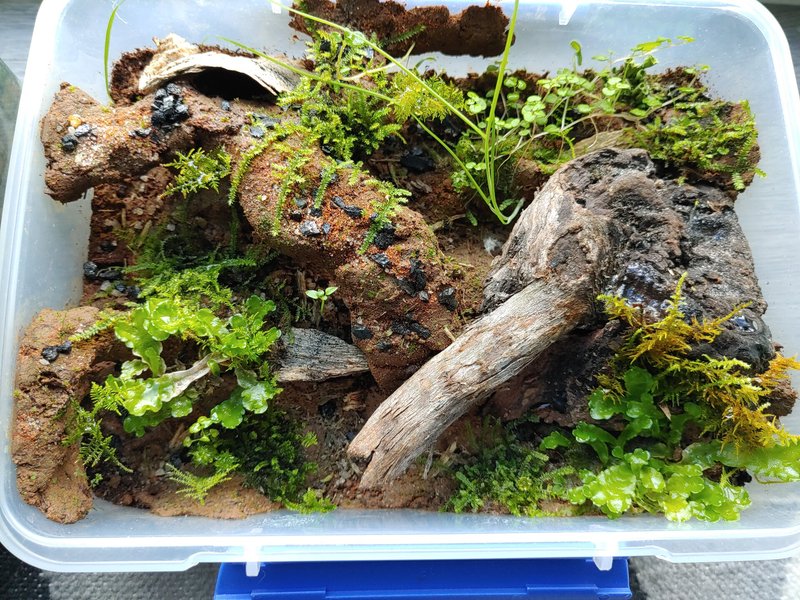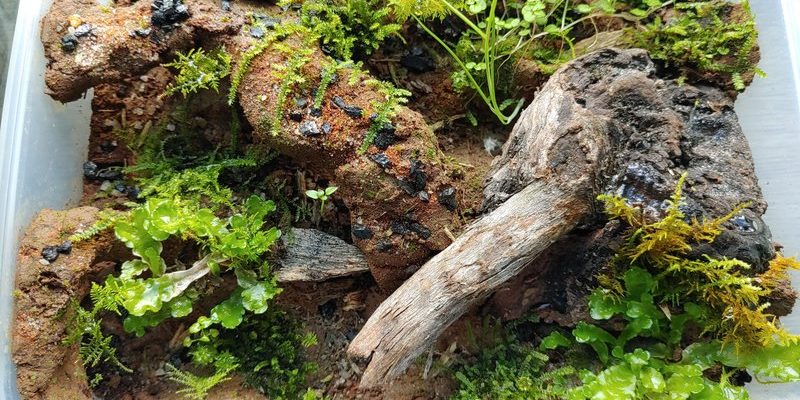
Creating an enclosure for velvet worms is a rewarding experience that allows you to understand their behaviors and habitat needs. Think of it like building a miniature ecosystem. You’ll want to consider their environment, humidity, temperature, and even food. Don’t worry if you’re new to this! We’re going to break down everything you need to know to get started—like choosing the right materials, setting up the perfect habitat, and maintaining it so that your velvet worms can thrive.
Understanding Velvet Worms
Before diving into the nitty-gritty of enclosure creation, it’s helpful to know what velvet worms are and what they need. These fascinating creatures belong to the phylum Onychophora and are often called “living fossils” because they haven’t changed much over millions of years. They thrive in humid environments and are mostly nocturnal, meaning they like to come out at night.
Velvet worms can grow up to several inches long and have a soft, velvety body with multiple legs. You might be wondering about their diet—these critters have a unique way of hunting. They use a slime that they produce to capture their prey, which typically includes insects. So, if you’re planning to observe them, you’ll want to create an atmosphere where they feel safe and can display these natural behaviors.
Choosing the Right Enclosure
Selecting the right enclosure for your velvet worms is crucial. A glass or plastic terrarium is often the best choice because it allows for good visibility and humidity retention. Aim for a size that gives your worms room to move—generally, a tank of **20 to 30 gallons** should suffice.
When picking an enclosure, make sure it has a secure lid. Velvet worms are known for their curious nature, and they can escape if given half the chance. Look for a tank that has good ventilation, as this will help control humidity levels. A well-ventilated enclosure also prevents mold growth, which can be harmful to your worms.
Creating the Perfect Habitat
Once you have your enclosure, it’s time to think about what goes inside. Velvet worms thrive in a humid, warm environment, so you’ll want to mimic their natural habitat. Start by adding a substrate layer—this is the material on the bottom of the tank.
You can use **coir, peat moss**, or even a mix of soil and leaf litter. This should be about 2-3 inches deep. You want to keep it moist but not soaking wet; think of it like a damp sponge. You can mist the enclosure regularly to maintain humidity. Adding small plants can also help to create a more natural feel and improve humidity levels.
Temperature and Humidity Control
Maintaining the correct temperature and humidity is essential for making your velvet worm enclosure a success. The ideal temperature range for velvet worms is between **20°C to 25°C (68°F to 77°F)**. You can use a simple thermometer to monitor the temperature in the enclosure.
For humidity, you’ll want to aim for **60% to 80%**. To achieve this, mist the enclosure regularly and consider using a hygrometer to measure humidity levels. If you find your habitat is too dry, you might also consider adding a small water dish—just be sure it’s shallow, so your worms don’t accidentally drown. Honestly, keeping an eye on these levels is one of the most critical parts of velvet worm care.
Feeding Your Velvet Worms
Feeding your velvet worms is easier than it might sound. These creatures are carnivorous, primarily feeding on small insects. You can offer them things like crickets, fruit flies, or even smaller worms. Just be sure not to introduce prey that is too large, as it could stress your velvet worms out or lead to escape attempts.
When you feed them, it’s a good idea to observe their feeding behavior. You might be surprised by how they use their sticky slime to catch their meals! Over time, you’ll learn their preferences and when they’re most active and hungry.
Maintaining Your Enclosure
Keeping a velvet worm enclosure in top shape requires regular maintenance. You’ll need to periodically clean the substrate to prevent mold and bacteria buildup. Replace the substrate entirely every few months or as needed.
Make sure to keep an eye on the humidity and temperature levels, adjusting your misting routines as necessary. Check on your worms daily to make sure they’re healthy and active. If you notice any changes in their behavior, it might be a sign something needs adjustment in their environment.
Creating an enclosure for velvet worm observation can open up a world of wonder. Just imagine the joy of seeing these unique creatures in action, whether they’re gliding through their habitat or capturing prey with their slime. Start with the right materials, a good grasp of their needs, and a dedication to maintaining their home.
With a bit of effort and attention to detail, you’ll not only create an ideal habitat for your velvet worms but also enrich your understanding of these incredible creatures. So grab your supplies, set up your enclosure, and dive into the captivating world of velvet worms—you won’t regret it!

